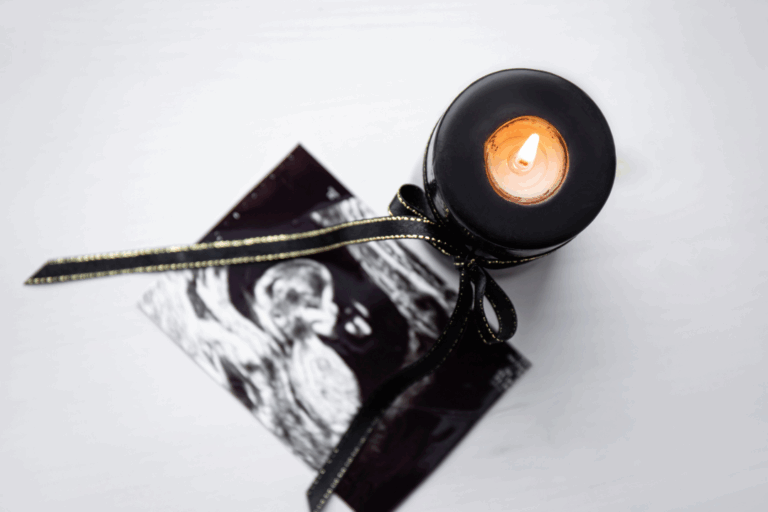There are sensory implications to both breast and bottle-feeding. Feeding is a very sense-heavy experience, no matter how old your baby is, or how he is fed. From the moment you lift your baby into your arms and throughout the feed, each one of his senses will be stimulated.
- Tactile → Your touch
- Auditory → Your voice and heartbeat
- Visual → Seeing and focusing on your face and on what is around him
- Vestibular → Being lifted into the feeding position
- Olfactory → The smell of your milk and ‘mother space’
- Taste → Whether the milk is sweet or sour, hot or cold
Once you appreciate the sensory implications of feeding and know the difference between calming and upsetting stimuli, feeding time can become a soothing, sensory experience for you both.
- Whether you breast- or bottle-feed, keep your baby’s sensory environment the same. This means also holding him close when you bottle-feed, so that he experiences your touch.
- Just as you move your baby from one breast to the other whilst breast-feeding, alternate the side he feeds on when you bottle-feed – from left to right. This will ensure that your baby receives sensory input equally on both sides of his body.
- At feed time, unwrap your baby and allow his hands to be free to explore your chest, neck or face.
- Keep your voice even, so that he hears it as soothing or crooning.
- Try to keep anxiety at bay at feeding time as it can cause your voice to be strained and high-pitched.
- Don’t wear perfume for the first months of your baby’s life. During that time, your baby is in very close proximity to you at a time when smell is important, i.e. while eating. Your own body smell is the most neutral and best for your baby. If you must wear perfume, use a brand that has a baby range. These ranges are very mild and smell more like baby himself.
- Watch how your baby reacts to the taste of your milk. Some babies react negatively to certain strong flavours like garlic or spices that may taint the taste of breast milk. Not all formula milk tastes the same, so that could be the reason why he fusses at feed time. Consider this if discussing a formula change with your clinic advisor.
- While feeding, he may only be able to focus on the intricate co-ordination of sucking, swallowing and breathing. Be cautious with any extra sensory input you give your baby while he’s feeding. If you choose to talk to him, do so quietly and calmly. Limit too much poking and prodding. Rather keep your touch a still, deep hug.
• Some babies react to stimulation at feed times by not feeding as well. Picture the scenario of the baby who is feeding well, when mom starts to talk to him. He then loses focus and his sucking becomes uncoordinated, so he fusses at the breast a bit. Mom reads this as a wind and takes him off the breast to wind him. He, not being satiated, cries. She deduces this is a big wind and bounces him, changes position and pats harder. In the end he is still hungry, but too over-stimulated to feed well and so the feed is aborted and he’s hungry for his next feed sooner than he should be. - Learn to read his signals while he is feeding – for example, if he makes eye-contact, reciprocate, but as soon as he looks away, you follow suit. This will allow him ‘sensory space’ to focus on the task at hand.
When it comes to bottle feeding, choosing the right teat and bottle can make all the difference in supporting your baby’s unique sensory needs. Look for a bottle that mimics the natural feel of breastfeeding – one with a soft, adaptive teat that moulds gently to your baby’s lips and palate, helping them latch and suck effectively.
The ideal teat should respond to your baby’s suck strength, support a natural feeding rhythm, and feel familiar and comforting in their mouth.
A bottle that aligns with these principles won’t just ease feeding, it can enhance the connection and calm that every feed should bring.





